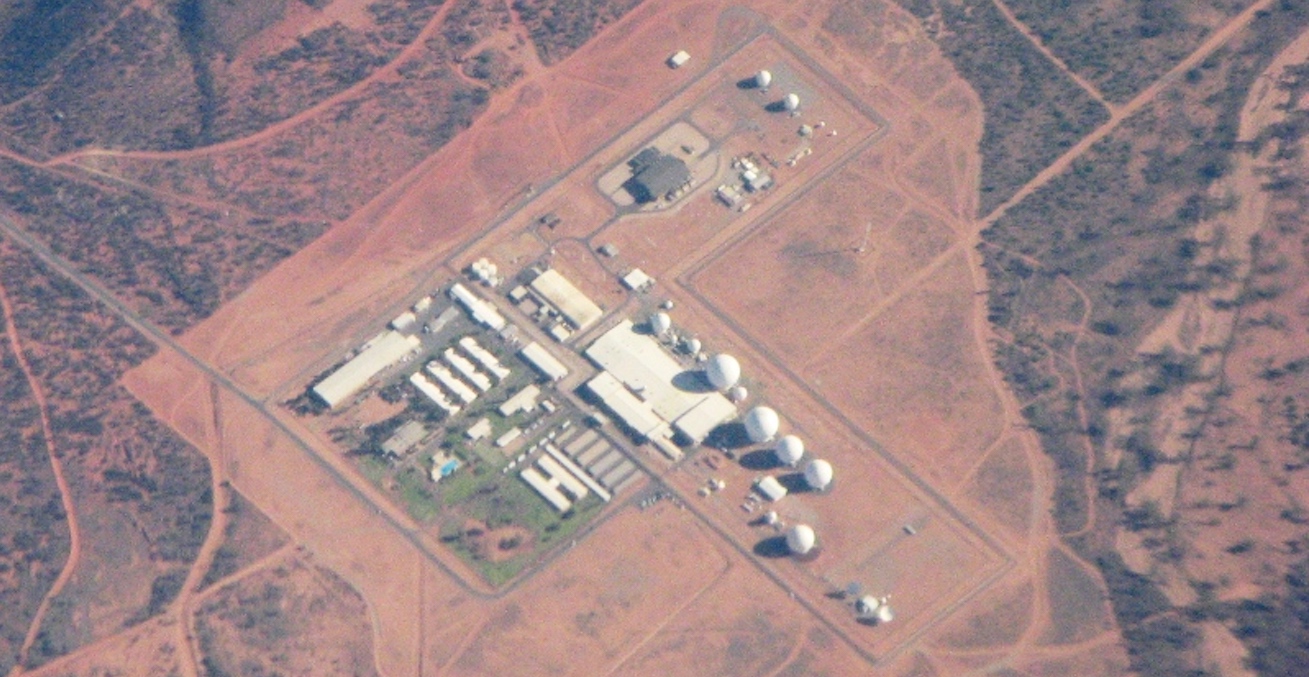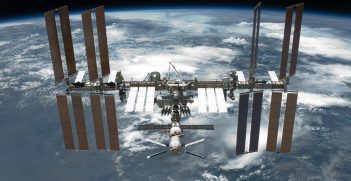Beyond Pine Gap: US-Australia Intelligence Ties

Australia has closely cooperated with the US security agenda in outer space, with joint facilities on Australian territory to support intelligence activity. However, laser technology could supply Washington with the means to bypass these facilities in the future.
For more than five decades, Australia has closely cooperated with the US security agenda in outer space, with ‘joint facilities’ established on Australian territory in the 1960s to support intelligence activity. In 2017, a transformational change was being explored in one of the Congress’s technical sessions: optical communications systems, or lasers, are revolutionising communications in outer space. Australia could be more affected by optical communications than almost any other country in the world.
These joint facilities traditionally comprised the strategic essence of Australia’s alliance with the USA. The intelligence gain is considered so valuable by officials on both sides that, regardless of the diplomatic agenda between Washington and Canberra, the facilities anchor the broader relationship. Significantly for Canberra as the junior partner, this arrangement is more resilient than other areas of cooperation because Australia provides uniquely valuable territory from which to control satellites. At times, US officials have raised the possibility of abandoning the facilities, most notably during the stormy Whitlam–Nixon period, but completely relocating the ground stations was never a practical option.
However, laser technology could supply Washington with the means to bypass these facilities in the future. This is what the optical communications revolution is likely to accomplish. In the next few years, optical communications technology is set to fundamentally reshape satellite activity.
To be sure, Washington might see more value in maintaining the joint facilities for redundancy and survivability in nuclear conflict rather than technological necessity. By the same logic, developing satellite cross links would improve the resilience of the US space architecture—a concern for Washington as China and Russia develop weapons for use in outer space. The result would leave US intelligence officials in a position of greater leverage over their Australian colleagues because they could abandon the facilities if the political need arose.
The changing technology of intelligence cooperation comes at an uncertain period for Australia–US relations, with Washington’s security commitments under scrutiny and President Donald Trump’s behaviour feeding speculation about US disengagement from Asia in the future. In response, prominent Australians have emphasised the role of the joint facilities in nuclear warning systems to remind US elites of Canberra’s value. Ballistic missile threats from North Asia are a priority for the Trump administration, but it is precisely Australia’s contribution in this area which could be replaced.
The facilities enable security cooperation in other ways, but these would not be essential for a more isolationist Washington preoccupied with ballistic missile defence. Kojarena station intercepts signals from satellites and provides access to communication networks. Relocating these systems might be a wrenching experience for the US military, but in a future scenario where Washington tries to limit its strategic liability in Asia, the utility of Kojarena as a communications conduit for military operations is diminished. Further, as optical communications and quantum key distribution are explored by other countries, the value of interception systems at Kojarena and Pine Gap which target radio signals may also decline.
The role of North West Cape is more ambiguous. In 2011, the US Navy returned to this facility, but that decision reflects the intensity of submarine activity rather than changes to US nuclear posture. Given the limited scope of nuclear arsenals in North Asia, and the availability of drones and satellites for communications among US warships, Australia’s maritime infrastructure no longer plays a role in the regional strategic balance. North West Cape also hosts a C-band radar, which detects and tracks space objects, including Chinese satellites in the early stage of flight before reaching orbit, and a Space Surveillance Telescope, which will provide detailed imagery of satellites and space debris extending to geosynchronous orbit.
These assets fill a hole in US space surveillance across the southern hemisphere, but the resulting data will provide support for more critical intelligence systems located elsewhere. Contingency scenarios of a missile strike on the USA from North Asia skirting the Arctic would be tracked by radars in Alaska and California. Over time, China’s increasing presence in outer space will become more central to US nuclear strategy, but Washington is developing space-based technology to monitor foreign satellites. Micro-satellites designed for reconnaissance will play a growing role in intelligence collection as ground sensors struggle with smaller objects in distant orbit. This kind of intelligence activity is already occurring, with French officials recently disclosing the observation of their satellites at close range by another country. As the sophistication and number of micro-satellites increases in the future, optical links between these systems might reinforce the appeal of US unilateralism in space-based intelligence.
To clarify, this is a provisional assessment which awaits more insight into the operations at Pine Gap, where new systems have been installed in recent years. Given the strength of US–Australia ties through intelligence liaison and analytical collaboration, an abandonment of the joint facilities seems highly unlikely in the near term. It would take years before new laser-capable satellites could be deployed in greater numbers to form a redundant network, while intelligence exchanges may continue even if this were to occur. Over the long term, however, advancements in satellite-to-satellite links are reducing the value of Australia for US national security.
Critics of Australia–US ties need to think carefully about Australian intelligence resources if US policymakers take a more decisive isolationist turn and pursue alternatives to the joint facilities. More defence capability would be needed for an autonomous Australian strategic policy, and Canberra’s ability to manage this process with secure and effective intelligence would place a large burden on local space and cyber industries. Supporters of Australia’s US alliance must also think carefully about the future of intelligence. If the risk of US retrenchment becomes more likely and Washington’s regional presence is still considered necessary for Australian security, another indispensable role for the joint facilities may be needed. One option is to elevate intelligence support for US missile defence: space-based surveillance offers a new area for collaboration and may already play a classified role at Pine Gap. A weak point in US missile defence is the limited presence of satellites which track missiles in mid-course after their engine burners extinguish . Australian officials have flagged the possible development of indigenous sensors for space situational awareness —a move which could eventually complement these systems.
Both approaches would involve new risks and responsibilities for Australia. Geography has long provided Canberra with the leverage in intelligence to avoid these kinds of challenges, but this could change with new technology. In a future of space lasers and quantum science, the most valuable resource for Australia might be sound judgement about which responsibilities the country can shoulder and which risks it must avoid.
David Schaefer is a teaching fellow at Ormond College, University of Melbourne.
This article is an edited extract from an article published in the Australian Journal of International Affairs on 15 April 2018. It may be accessed in its unabridged form here.





